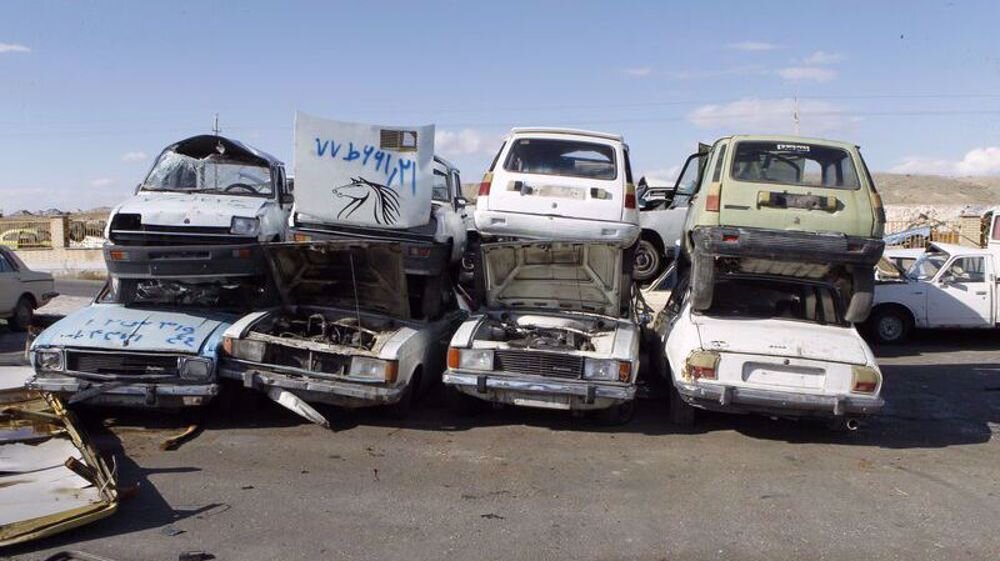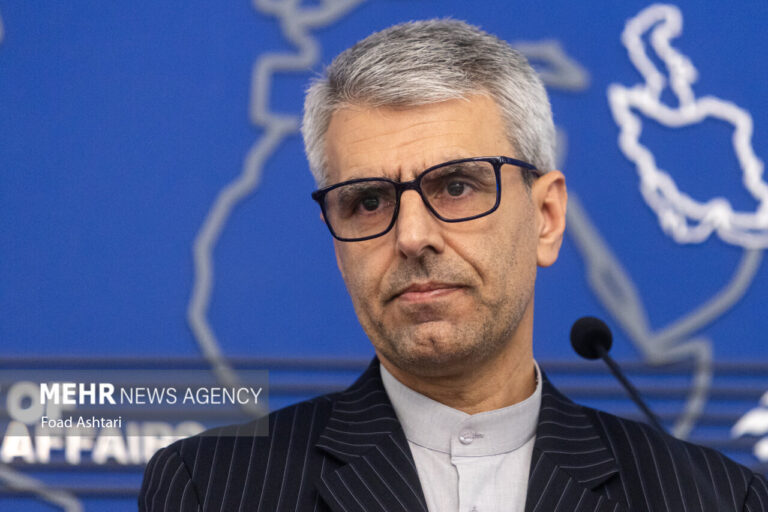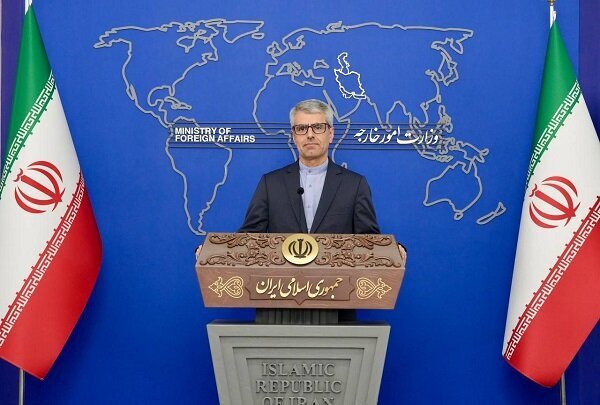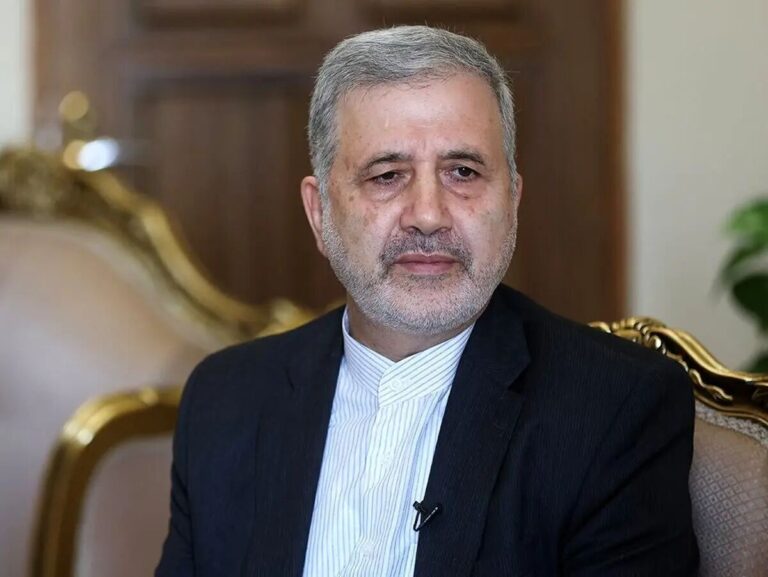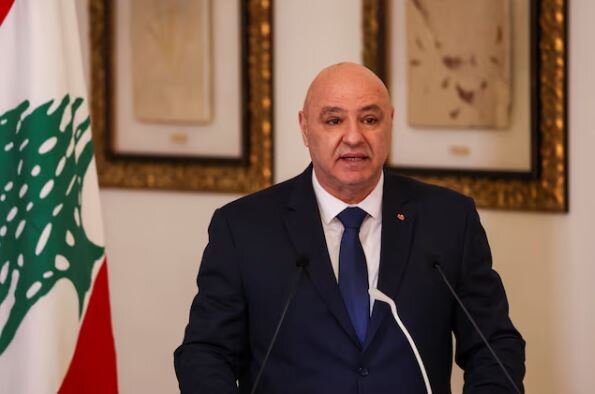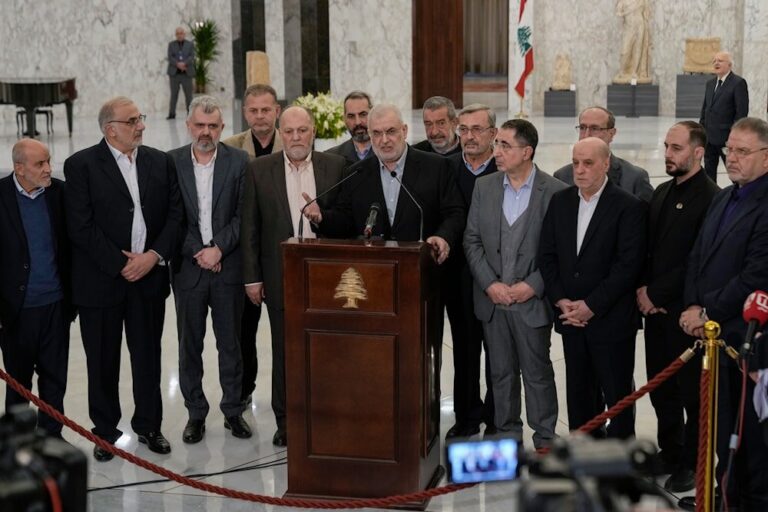Iran’s Car Scrappage Rates Soar to a Decade High, Reports IDRO
The recent scrappage scheme in Iran has gained significant momentum, with the CEO of Iran’s Industrial Development & Renovation Organization (IDRO) announcing that approximately 328,000 vehicles have been dismantled since the program’s launch. This initiative, which commenced at the beginning of the current calendar year in late March 2024, aims to modernize the country’s vehicle fleet and promote environmental sustainability.
Farshad Moghimi, who also holds the position of deputy industry minister, highlighted that this number surpasses the previous annual record of 321,000 vehicles scrapped in 2014. He stated, “By scrapping this number of vehicles in the current (calendar) year, there has been a reduction in fuel consumption of some 2.6 billion liters which is worth $2.9 billion in export terms.” This remarkable achievement underscores the significance of the scrappage scheme in both economic and environmental contexts.
According to Moghimi, the projection for the total number of scrapped vehicles by the end of the current calendar year, which concludes in March 2025, is set to reach 340,000 units. Furthermore, he anticipates that this figure will escalate to half a million in the following calendar year, highlighting the ongoing commitment to reducing older, less efficient vehicles from the roads.
In a more detailed breakdown of the scrappage figures, another official from the industry ministry, Mehran Salarieh, reported that out of the total scrapped vehicles:
- 312,000 were passenger cars and pickup trucks
- 12,000 were heavy trucks and buses
Additionally, Salarieh noted that approximately 90% of the owners of scrapped vehicles received compensation in cash, while the remaining vehicle owners were provided with new cars, pickup trucks, or taxis as part of the scheme. This approach not only assists vehicle owners but also stimulates the local automotive industry.
Amid various challenges, including restrictions on imports due to foreign sanctions, Iran has experienced a notable increase in domestic car manufacturing in recent years. This growth is crucial for the country’s economy and helps to ensure that new vehicles are available to replace the older models being scrapped.
The largest car manufacturer in Iran, IKCO, recently announced a new record in daily production, achieving the assembly of 2,505 cars on January 25. This accomplishment reflects the positive impact of the scrappage scheme on domestic manufacturing capabilities, as well as the increased demand for new vehicles.
In conclusion, the scrappage scheme implemented by the Iranian government serves as a pivotal initiative for enhancing the country’s automotive landscape. With significant reductions in fuel consumption and substantial economic benefits, it is clear that this program is poised to make a lasting impact. As the days progress, the continuation of these efforts may see an even greater transformation within Iran’s vehicle industry, fostering a cleaner environment and bolstering economic growth.
The ongoing developments and statistics surrounding the scrappage scheme signify a proactive step towards modernizing Iran’s automotive sector while simultaneously addressing environmental concerns. As more vehicles are taken off the roads and replaced with newer, more efficient models, the positive repercussions will resonate throughout the economy and society.
For those interested in keeping up with the latest updates on Iran’s automotive industry and the scrappage program, it is essential to stay informed through reliable news sources and industry reports. The commitment to sustainable practices and the revitalization of the domestic manufacturing sector highlight a promising future for Iran’s automobile market.
